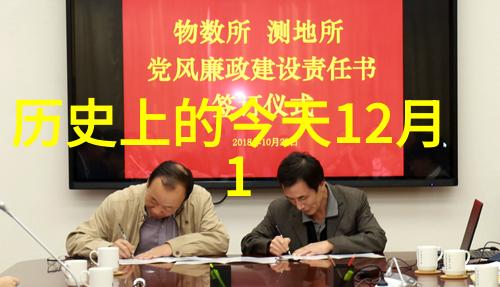19世纪末,英国侵略者如何破坏珞巴族的税收制度并入侵阿萨姆边缘地区?他们又是如何利用地理优势和战术与拥有枪炮的侵略者抗争的?在这场斗争中,英国为了迫使珞巴族屈服是否曾封锁雅鲁藏布江左岸的边界线?以及中国政府对此有何反应?

在19世纪末20世纪初,英国对察隅、珞渝地区的一系列入侵,又是怎样引起了中国政府关注的?赵尔丰提出了哪些建议,并且派出哪些军队来加强边防阻止英军进一步入侵?
1911年至1945年间,驻藏大臣派出的军队是否成功消灭了波密土王残余势力,以及后续事件如何发展?

British colonial authorities in Assam had repeatedly sent people to the Lo-lo region to gather intelligence, and how did the Lo-lo people respond to these actions?
The British "Bali-Balai Development Plan" in the Subansiri River basin, which led to the loss of part of the Lo-lo territory, was it met with opposition from local communities? How did the government address these concerns?

1959's reforms aimed at dismantling feudal serfdom in Tibet and its implications for Lo-lo society. The establishment of autonomous regions such as Xiba Luo Autonomous Village in Chaya District, Nuo Yu Autonomous Township in Milin County, Damu Autonomous Township in Motuo County, and Douyu Autonomous Township in Longzi County.
These autonomous regions were able to implement their own economic and cultural development plans while exercising self-governance rights. In 1965, they were officially recognized as single-ethnicity regions.




